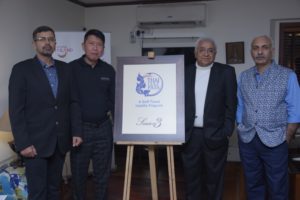By Michael Wilson
This month, Indian golf fans should be licking their lips in anticipation of the 149th Open Championship, the annual battle for possession of the Claret Jug one of the undoubted highlights of the golfing year.
But, with the pall of Coronavirus still hanging over the UK, and unlike the US-based ‘Majors’ which have been postponed until later in the year, the R&A took the decision early on to cancel this year’s Open Championship, rescheduling it for same time – July – and same place – Royal St George’s – in the south east of England.
However, GolfPlus has the next best thing, a look back at what our UK-based contributor Mike Wilson considers to have been the best Open Championship in his long living memory, starting in the sixties, right through to last year’s Northern Ireland epic at Royal Portrush.
- 148th Open Championship, Royal Portrush, Northern Ireland, 2019
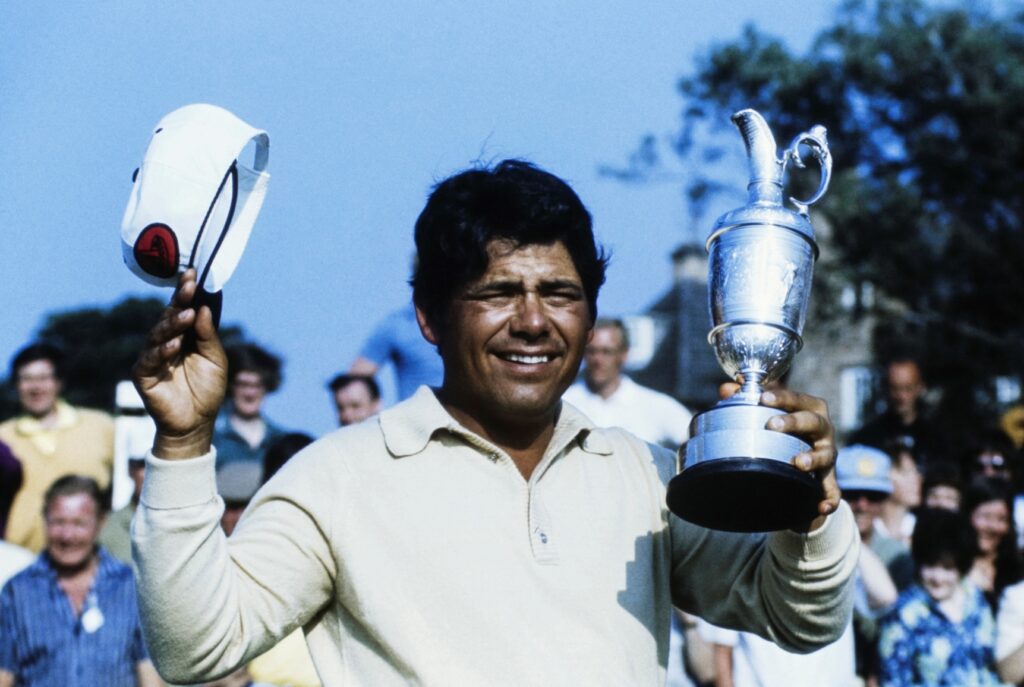 The most recent Open Championship to date and only the second ever to be staged over the magnificent Dunluce Links at the Royal Portrush Golf Club in Northern Ireland will long be remembered even after the mists of time have clouded many a memory.
The most recent Open Championship to date and only the second ever to be staged over the magnificent Dunluce Links at the Royal Portrush Golf Club in Northern Ireland will long be remembered even after the mists of time have clouded many a memory.
The whole package was quite simply, outstanding, but not just in the normally classy but sedate manner of the world’s oldest and most prestigious professional golf tournament.
Royal Portrush 2019 was different, unique a game-changer in many ways.
Not only was the prodigal son of Northern Irish golf, Rory McIlroy returning to his roots, but also local hero Graeme McDowell, who had cut his teeth on that very course had risen whilst 2011 Open Championship winner, another Ulsterman, Darren Clarke lined-up against the world’s finest, including a resurgent Tiger Woods, back from ‘Majors’ wilderness after 11 long years, fresh from winning the 2019 Masters a couple of months, Tiger was back, big time and, having come close at Carnoustie 12-months-earlier, Woods was very much in the favourites frame.
The unknown, for players, press, organisers and the majority in the galleries simply added to the sense of anticipation, a truly authentic, challenging links course, the unpredictable Irish weather and it was to prove to be a heady cocktail and an unprecedented, defining championship, one like no other.
Even Woods blowing-up with a 78 on the opening day – from which he would not recover and miss the cut by a country mile – McIlroy following suit, clearly overwhelmed by the occasion – out-of-bounds on the first, carding a four-over-par eight – failed to deflate the occasion, Northern Ireland and Royal Portrush had waited too long – 68 years in fact – to allow such trivia to rain on their parade.
Then, two back nines of golf, both by men from the Emerald Isle defined the 148th Open Championship like none I had ever witnessed – on site or on TV – before.
First, as the gloom gathered and the shadows lengthened, the sight of galleries 15-deep following a man trying simply to make the halfway cut was as unusual as it was exciting, McIlroy like a prize fighter, already on the ropes after his catastrophic opening 79, going down, all guns blazing, a final round 65 all but getting him into the weekend, a missed putt on 18 with close on 10,000 watching on as darkness fell all that came between him, redemption and, who knows, a tilt at the title?
But, just under 48-hours later, another Irishman, this time of the southern variety was playing the challenging back nine at Royal Portrush, Shane Lowry with the sniff of the Open Championship in his nostrils, the silky feel of the Claret Jug in one hand, a mass of green, Guinness-fuelled fans – by some distance and thousands of decibels, quite the most raucous golf gallery in 50-years of golf watching – following, imploring their man to a famous victory.
Great though Lowry’s victory was a truly exceptional performance – there was and remains a risk of it being overshadowed by the intensity and exceptional all-round ambience of the occasion itself.
But, as well as the manner in which the Irishmen kept the young pretender Fleetwood at arms length in a tense final round, it was his Saturday round that laid the foundation for his epic win, a cool, commanding bogey-free 63 one of the finest individual one-day performances in not just Open Championship, but arguably ‘Majors’ history.
But, perhaps even more poignantly, for the R&A, in partnership with Northern Ireland in general and Royal Portrush in particular, having had the vision – and the money – to bring the Open Championship back to the country in three-score-years-and-some, the gamble had been handsomely and overwhelmingly won, in sporting terms – golf course, participants and champion – one of the best in living memory.
But, beyond golf, as an overall package – atmosphere, thrills, spectator engagement, local hospitality and, above all else, authenticity and a refreshing absence of the weary cynicism that can infect regular Open venues, the 148th Open tops the lot, a game-changer in the true sense of the word, not so much an event but an occasion and a raucous one at that, and if the venue has not earned its rightful place on the R&A roster, then something is far, far wrong.
- 129th Open Championship, St Andrews, Scotland, 2000
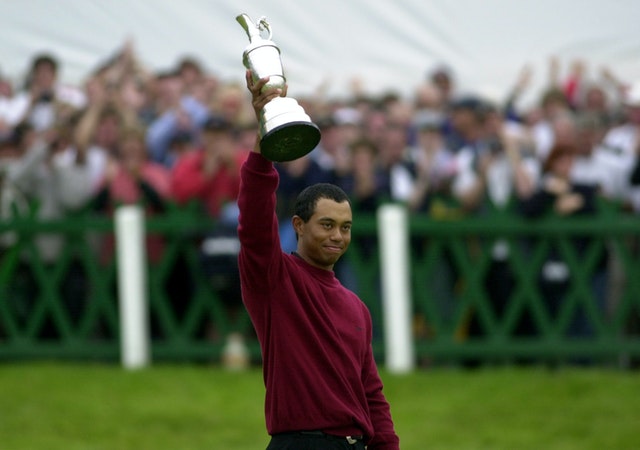 As the undisputed #1 in world golf, Tiger Woods arrived at St Andrews, the undisputed # venue on Planet Golf for the first Open Championship of the 21st century, and he came not only as the red-hot favourite, but also needing a maiden victory in the game’s oldest championship and most prestigious of the four ‘Majors’ to clinch the coveted career Grand Slam the Career Grand Slam which only three men before him had achieved.
As the undisputed #1 in world golf, Tiger Woods arrived at St Andrews, the undisputed # venue on Planet Golf for the first Open Championship of the 21st century, and he came not only as the red-hot favourite, but also needing a maiden victory in the game’s oldest championship and most prestigious of the four ‘Majors’ to clinch the coveted career Grand Slam the Career Grand Slam which only three men before him had achieved.
And Woods was not to disappoint; having already won the US Open at Pebble Beach by 15 strokes the previous month, the world #1 went on to win the 129th Open by eight strokes in overwhelmingly dominant style in front of admiring galleries –a record of over 230,000 for the week – ahead of Denmark’s Thomas BjØrn and Ernie Els from South Africa.
In unusually calm conditions for the Home of Golf, Woods was master of all he surveyed; playing conservatively tee-to-green, the American’s putting was assured and he even achieved the remarkable feat of playing 72 holes of championship golf over an Old Course hosting no fewer than 112 bunkers without setting foot in sand once.
- 106th Open Championship, Turnberry, Scotland, 1977
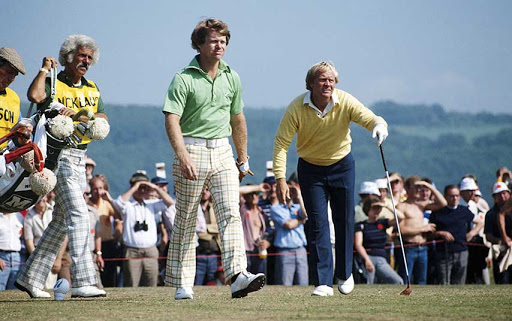
Turnberry, on the south-west coast of Scotland – not far from where the Open story began at Prestwick 117-years earlier was hosting the Open Championship for the very first time in a summer of 1977 that was Scotland’s hottest – and sunniest – in living memory
Played throughout in searing heat more reminiscent of California than Scotland, the 106th Open Championship, which became known as the, ‘Duel in the Sun’ turned into a two-horse race between American golf legends, Tom Watson and Jack Nicklaus.
The pair were were tied in second place on 138 after two rounds, matching each other with peerless 65s on a sunny Saturday, Nicklaus, ‘The Golden Bear’ seemed to seize the initiative early on in the fourth and final round, taking a three-stroke lead before Watson rallied, holing-out from 60 feet at the 15th to draw level with three to play.
A birdie four at 17th saw Watson edge ahead for the first time and seemed to have sealed the deal striking an imperious 7-iron to two feet; meanwhile Nicklaus had driven a thorny gorse bush extricated himself superbly, launching an 8-iron to the edge of the final green and audaciously sinking his putt from all of 35 feet.
In a strokeplay situation that had, for the past nine holes resembled match play in all but name Watson’s short putt took on altogether different proportions but the man fro Kansas City calmly tapped in for victory.
Watson and Nicklaus left the 18th green arm-in-arm, each now a two-time Champion Golfer of the Year, the vast galleries had been enthralled by a remarkable week of championship golf and a final day that still lives long in the memories of thousands who witnessed the, ‘Duel in the Sun.’
- 90th Open Championship, Royal Birkdale, England, 1961
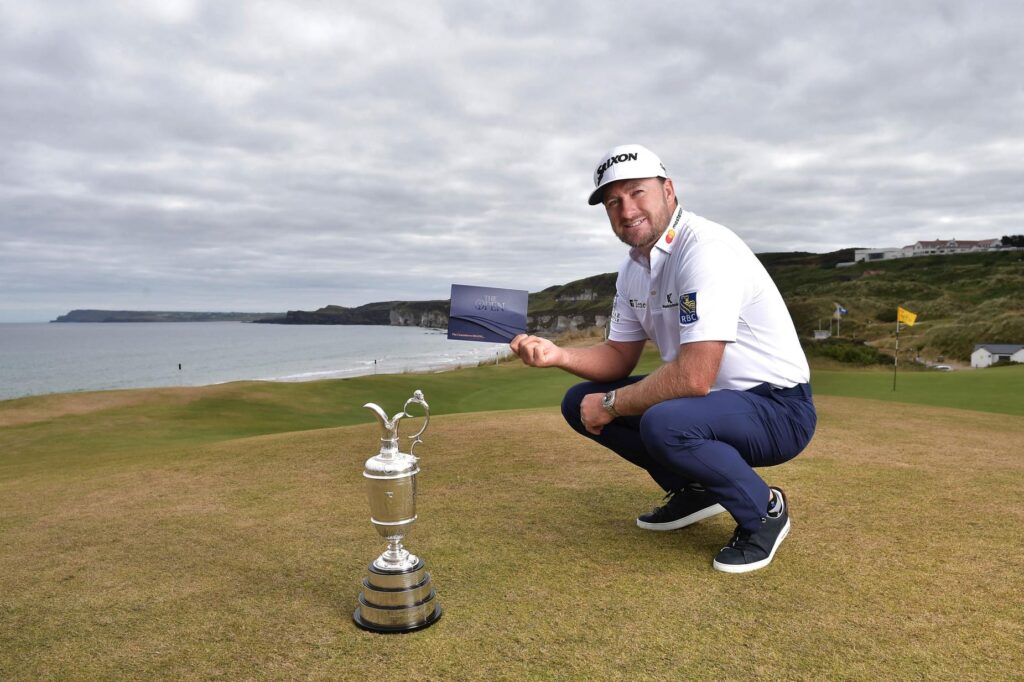 The now late, great Arnold Palmer is widely credited with if not saving an Open Championship that was treading water at the time, choosing unlike many of his compatriots to cross the Atlantic to compete in the oldest and most prestigious tournament the game of golf had to offer.
The now late, great Arnold Palmer is widely credited with if not saving an Open Championship that was treading water at the time, choosing unlike many of his compatriots to cross the Atlantic to compete in the oldest and most prestigious tournament the game of golf had to offer.
Having narrowly missed out on the title the previous year on debut at St Andrews, the ‘Home of Golf,’ Palmer, already comfortably and justifiably carrying the nickname, ‘The King’ came to Royal Birkdale in July1961 with ‘Arnie’s Army’ a legion of loyal fans from both the US and the UK trailing in his wake.
And Palmer did go one better at Royal Birkdale, beating Dai Rees by a single stroke, his attacking devil-may-care brand of golf taking him to the heart of both galleries and the growing numbers of TV viewers around the world as the Open Championship began to blossom as a global sporting phenomenon.
The English weather in that summer of ’61 was less than kind, wind and rain raising the stakes, but the elements were not to deter to Palmer as he opened his second round with five birdies in the first six holes into the teeth of a gale, also calling a penalty on himself when his ball moved in a bunker, even though no one else had seen it; now that’s class.
In those days when the Open was played over three days, Friday’s third and fourth rounds were held over until the weekend amid gales.
Come Saturday morning, Palmer signed for a conservative a 69 to take the lead for the first time, following this up with an afternoon 72, eventually winning by one with an aggregate of 284 and a record US$1,750 first prize.
Along the way, Palmer had added to the legend not only of his attacking, happy-go-lucky playing style, never taking a backward step, but also helping rejuvenate and resuscitate an ailing Open Championship in the minds of his compatriots and golf fans everywhere, a huge step on the way to golf’s oldest and most prestigious ‘Major’ enjoying the reputation it does today.
- 101st Open Championship, Muirfield, Scotland, 1972
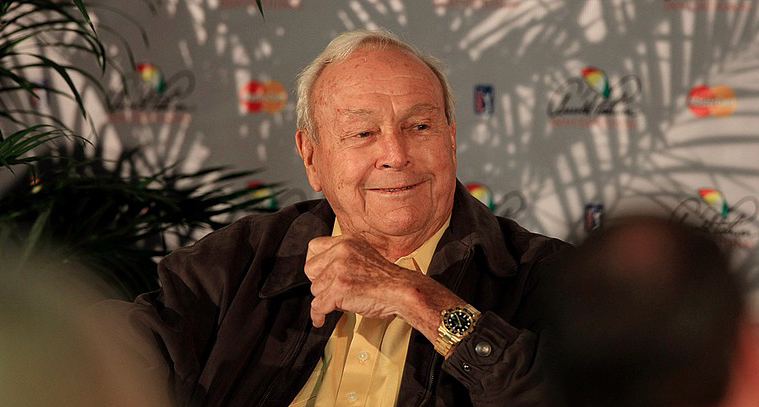 ‘Super Mex,’ aka Lee Trevino was one of the most charismatic and outgoing golfers of his era, laughing and joking his way around the golf courses of the world with – it seemed – a quip for every occasion and he arrived at Muirfield in 1972 reluctant – and as it transpired, unwilling – to hand back the Claret Jug to the R&A.
‘Super Mex,’ aka Lee Trevino was one of the most charismatic and outgoing golfers of his era, laughing and joking his way around the golf courses of the world with – it seemed – a quip for every occasion and he arrived at Muirfield in 1972 reluctant – and as it transpired, unwilling – to hand back the Claret Jug to the R&A.
Having won the previous year in the Centenary Open at Royal Birkdale, the Mexican-American was amongst the favourites at Muirfield, considered to be the most authentic and fairest of all the Open courses, and completed a successful defence of The Open at Muirfield in 1972, and through a remarkable incredible display of touch around the greens, Trevino was to prevail.
But if it was joy for the extrovert American, there was only despair and desolation for crestfallen Englishman Tony Jacklin, Champion Golfer of the Year three-years-earlier.
Jacklin, the overwhelming home favourite had either led, or been in a share of the lead up to and including the halfway stage, only ceding superiority to Trevino with a round to go, and, going into Saturday’s final round, the top of the leaderboard resembled a ‘Who’s Who’ of world golf, Trevino, Jacklin, Player, Palmer and Nicklaus all in contention.
Nicklaus reached the turn in 32 on the final day, briefly moving into a share of the lead before Trevino and Jacklin both struck at the turn with matching eagle-threes at the ninth.
Playing together, with tension etched across Jacklin’s face as Trevino laughed and joked his way down the back nine, the pair were tied playing the Par-5 17th with Trevino finding sand off the tee and missing the green the green in four.
Meanwhile, Jacklin, who appeared to have the edge was lining-up an 18ft birdie putt when ‘Super Mex’ who appeared from his demeanour to have all but conceded, hurried his pitch shot which scurried into the hole, a cruel and, as it transpired, a killer blow to the Englishman who must surely have been dreaming of a second encounter with the Claret Jug.
Jacklin promptly, perhaps given what he and thousands more had just witnessed three-putted for a mere par, before, the wind sucked out of his sails, going on to bogey the last to finish third, Trevino, signing for an unlikely 71, beating Nicklaus by one to retain the Open Championship.





